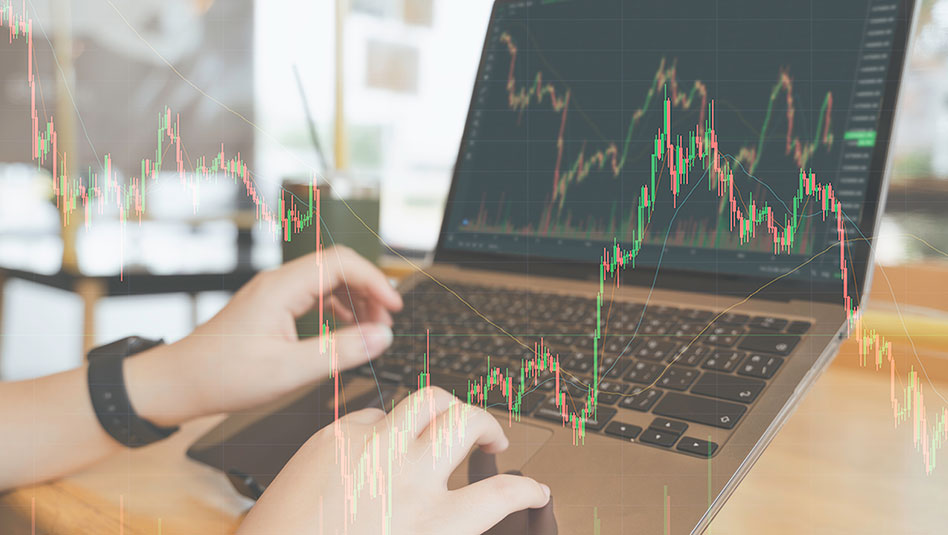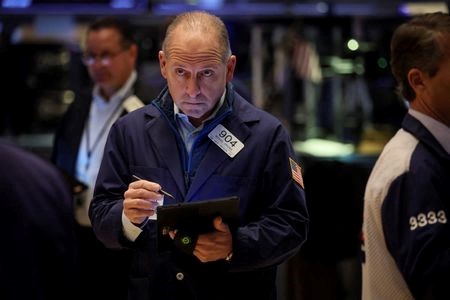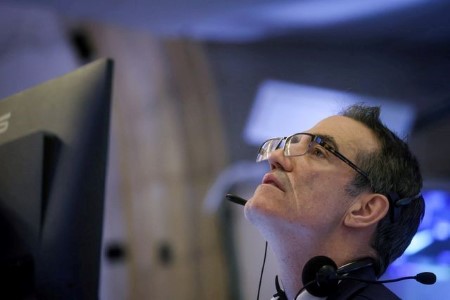May 17 (Reuters) – The dollar headed toward a higher close on Wednesday but its initial gains, fueled by rising Treasury yields, were trimmed by risk-on flows due to a rebound in US regional banks stocks and less US debt default angst.
The main exception to the dollar’s retreat from earlier peaks came against the low-yield, haven yen, which fell broadly.
Rising Treasury yields and US stocks were a toxic mix for the Japanese currency, pushing it 0.9% lower against the dollar as USD/JPY sprinted toward this year’s 137.78/90 key peaks, with 139.58 eyed on a major breakout.
EUR/USD rebounded from 1.08105 lows on EBS that managed to hold above the 100-day moving average and 50% of the March-April rise at 1.0806 but still fell 0.2%.
The market continued pricing out some of the aggressive H2 Fed rate cuts it had earlier projected, while ECB rate hike expectations remain capped at two more 25bp rises to 3.75% versus the current 5.25% Fed funds rate.
Euro zone, and particularly German, data have mostly missed lately and a weaker reopening in China further dims demand prospects. But the ECB still has to deal with 7% euro zone inflation and a 7.3% core rate that is more than twice the current 3.25% ECB rate.
The core US inflation rate is at 5.5%, down from 2022’s 6.6% peak. That level of inflation remains too high for most Fed officials, thus 2-year Treasury yields 10bp rise Wednesday toward April’s highs and the 100-DMA.
Sterling’s greater risk sensitivity allowed it to rebound to about flat from fresh May lows before US stocks sped higher, led by the KBE bank stocks index’s nearly 6% rise.
Beyond monitoring US debt ceiling talks, Thursday’s main focus is US initial jobless claims, forecast at 254k versus the previous week’s 264k, the highest since January 2021. A drop would be good news for the dollar and vice versa. Philly Fed and existing homes sales are also out Thursday.
(Editing by Burton Frierson; Randolph Donney is a Reuters market analyst. The views expressed are his own.)







 DOWNLOAD
DOWNLOAD









